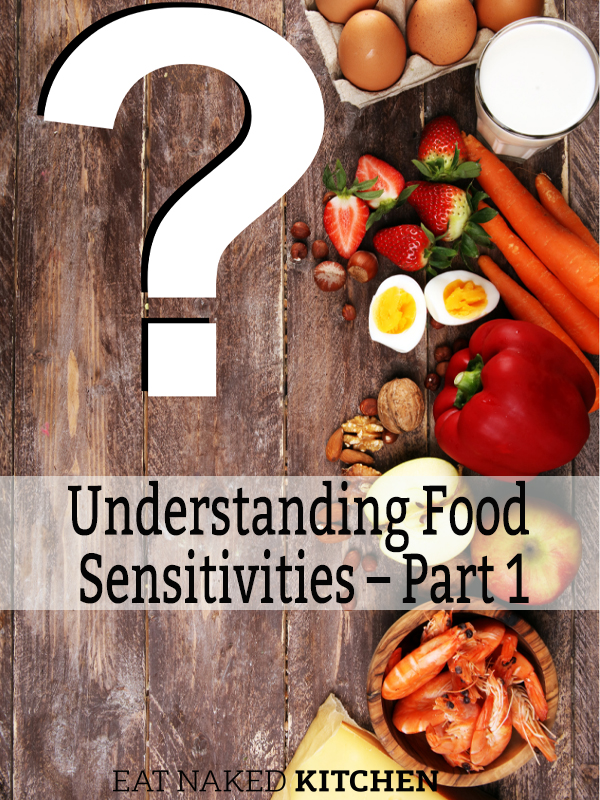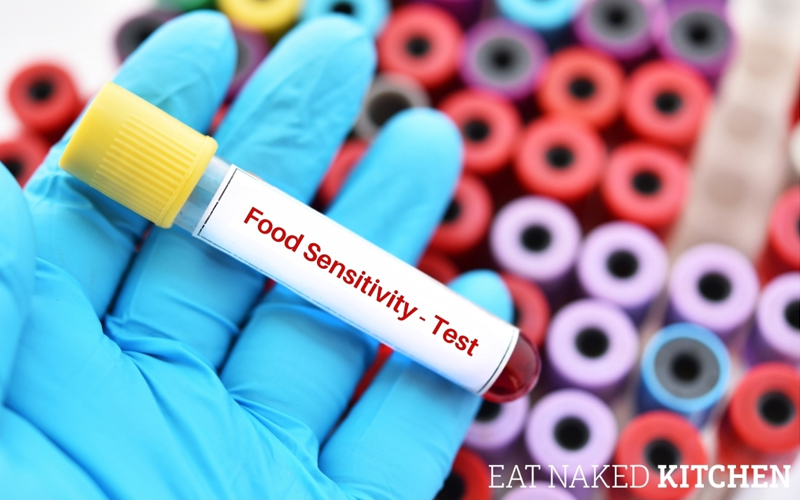I’d just come home from my first appointment with a naturopath who had tested me for food sensitivities. I had a raging case of eczema since my early teens that had only gotten progressively worse over the years. A friend recommended I try something different – and so I’d seen this naturopath.
On my way to the appointment I’d joked that she was going to take away all my favorite food groups: coffee, chocolate, cheese, bread and wine. If only that were the extent of it! The list of foods I couldn’t tolerate was long and complex. The caffeine, alcohol, sugar, dairy and gluten were obvious culprits. But the others mystified me: onions, garlic, all vinegars, mushrooms, tomatoes… And these are just the notable few I can remember now, 15 years later. I was a vegetarian at the time, and these foods were my staples. I had no idea how I was going to survive.
I literally came home and cried.
(A little detail my naturopath had failed to mention: this was a temporary diet… not my “forever” diet as I understood it to be.)
I dutifully eliminated the foods and was horrified that – just as she predicted – things got worse before they got better. My eczema flared to the worst it had ever been. Talk about no incentive to keep eating such a restricted diet. But on her advice I persisted, and once I made it to the other side of the healing reaction, my skin calmed. The itching stopped. The redness faded.
I was amazed. And my eyes were opened to the power of food and healing once and for all.
Within a few months I was back to eating pretty much normally for me, although I eliminated most processed foods from my diet. The best part: my skin remained clear – even in harsh dry winter months when it would normally come screaming out.
So let’s talk about food sensitivities. What are they? Do they even exist? How do you know if you have them? What do you do about it if you DO have them?

Like so many things in the world of natural health, food sensitivities are hotly debated. For some practitioners, they’re a primary focal point – a key source of systemic inflammation that will exacerbate any other health issue; for others, they simply don’t exist.
So what’s the deal?
Working with food sensitivities was my first experience manipulating diet for health. It was a profound experience, and one that ultimately inspired my decision to pursue natural health as a career.
But years later, as a practitioner, I was frustrated at the tools I had available for identifying and healing food sensitivities. Food sensitivity testing is notoriously unreliable and complex, and helping the body heal from sensitivities without developing new ones is a very delicate matter. If the foods are just eliminated without proper healing work accompanying their removal, a whole new crop of sensitivities will appear, and the list of foods to eliminate just grows and grows. That’s no way to live.
Let’s start at the beginning so we’re all on the same page:
What are food sensitivities?
Food sensitivities are different from allergies, even though the two terms are often used interchangeably. There are actually three types of adverse reaction a body can have to a food:
1. A food allergy
2. A food sensitivity
3. A food intolerance
A food allergy is a very specific type of immune-mediated response to a particular food. It is known as a Type 1 hypersensitivity, or an IgE-mediated hypersensitivity. Essentially, the individual’s immune system reacts adversely to the proteins in a food via a specific antibody pathway. This immune system activation results in the classic “allergy” symptoms: from the minor runny eyes, stuffy nose, and hives, all the way to a full anaphylaxis response that can be life-threatening.
Typically, these are the classic allergies – the peanut allergy, the egg allergy, and so on. It’s unusual for someone to have a true food allergy and NOT know it. Most of these are identified by exposure and an extreme response, and subsequently are diagnosed by a medical doctor.
Food sensitivities, on the other hand, come in many different shades of gray. There are multiple mechanisms for a response: some originate in the immune system (what we call an “immune-mediated” response), some happen directly in the cell without direct involvement of the immune system (what we call a “cell-mediated” response). Regardless of the route it takes in the body, the end result is the release of mediators – histamines, cytokines, and prostaglandins – that cause inflammation. And this inflammation can affect many different parts of the body.
Identification of food sensitivities is very complex because of the number of possible mechanisms causing the reaction. Furthermore, the body can express an inflammatory response to a food it consumed immediately, or up to three days later! And of course, there are degrees of inflammation: a food can be highly inflammatory or mildly inflammatory, and a combination of mildly inflammatory foods can cause a big response. This makes it extremely difficult to weed out what foods you’re actually sensitive to.
A food intolerance isn’t about an inflammatory response to a particular food, it’s about our ability to digest it. The most common example of this is lactose intolerance. Our bodies require the enzyme lactase to break down the primary milk sugar, lactose. As infants and through puberty we produce lactase naturally (breast milk contains lactose) but as we age, some people’s production of lactase drops off. These people are what we call “lactose intolerant” because they don’t have the enzymatic ability to break down lactose properly. It’s not an allergy (although dairy allergies of course do exist, but they’re a different mechanism) and it’s not a sensitivity (although again some people do have sensitivities to dairy), it’s an intolerance.
So now you’re probably asking yourself, how do I know if I have food sensitivities? And how do I know if what I’m struggling with is an allergy, a sensitivity, or an intolerance? And does it matter which in terms of how I handle it?
Great questions! I’ll be answering these in part 2.




Trackbacks/Pingbacks